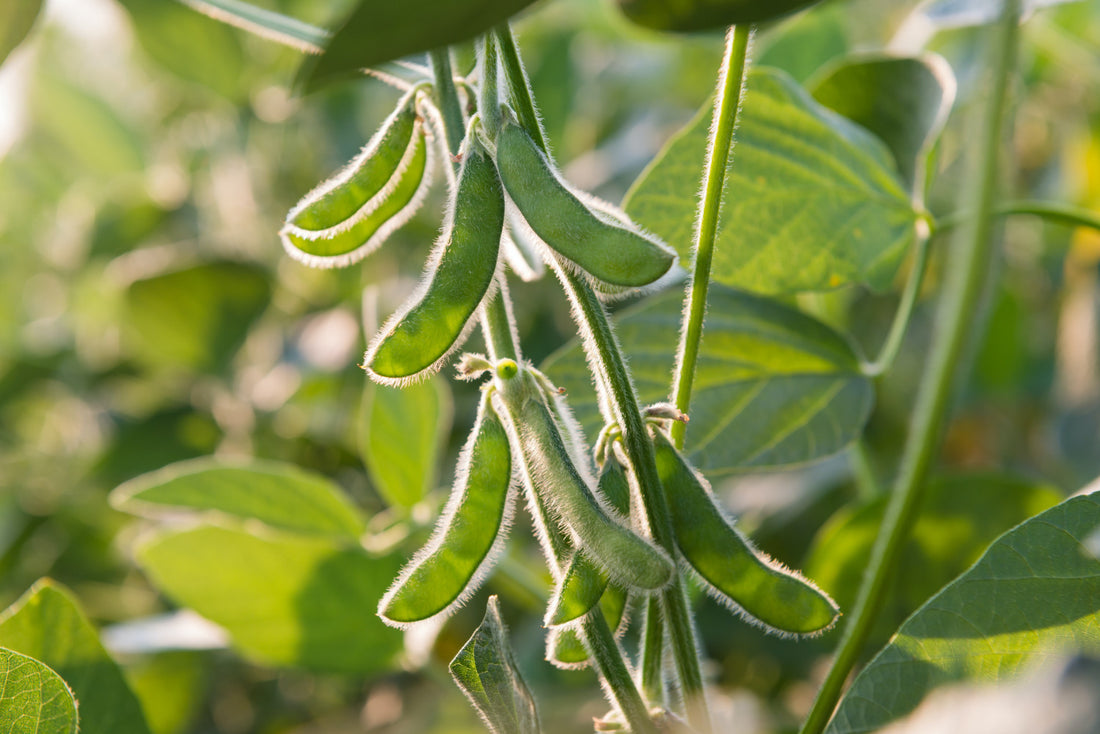
Legumes: the key to a century-long life
Share
In the pursuit of a longer, healthier life, diet plays a crucial role. Among the myriad of dietary choices, legumes — including beans, peas, lentils, and chickpeas — emerge as unsung heroes in the longevity narrative. These plant-based staples, integral to the diets of the world's oldest populations, might just be the key to reaching a century of life.
Legumes: the lifespan extenders
Dan Buettner, an author and entrepreneur who has dedicated decades to studying "blue zones" — areas around the globe where people live significantly longer — highlights legumes as a dietary constant among these communities. From the shores of Ikaria, Greece, to the hills of Sardinia, Italy, legumes form a substantial part of the daily diet in these longevity hotspots.
In Sardinia, for example, chickpeas and fava beans serve as the foundation for a minestrone consumed in many meals, embodying a tradition of legume-rich diets across generations. Buettner's encounters with the Melis family of Sardinia, known for their remarkable lifespan, underscore the potential of a simple, bean-based diet to influence longevity.
Why choose beans?
Beans and their legume relatives are nutrient powerhouses, packed with essential vitamins, minerals, and amino acids. Their high fiber content promotes a healthy gut microbiome, critical for immune function and inflammation reduction. Unfortunately, the average American diet falls short in fiber, missing out on these benefits.
Different beans offer varied nutritional profiles, suggesting a diversified legume intake as the optimal approach. From aduki beans' high fiber content to chickpeas' magnesium richness, legumes offer a plethora of health benefits. Paired with whole grains, they provide a complete protein, rivaling that found in meat, but with fewer calories and more nutrients.
Legumes in Blue Zone diets
In Nicoya, Costa Rica, the national dish Gallo Pinto illustrates the legume-grain synergy with its bean and rice combination. This dish exemplifies how legumes can stabilize blood sugar levels, preventing spikes that contribute to diabetes. Meanwhile, in Okinawa, Japan, soybeans, particularly tofu, stand as a dietary staple, showcasing the versatility and importance of legumes in various cultural contexts.
Beyond nutrition: economic and health benefits
The advantages of legumes extend beyond nutritional value. Research supports their role in reducing heart disease risks, stabilizing blood sugar, and even aiding weight loss. Economically, legumes are accessible and affordable, challenging the misconception that healthy eating is financially out of reach for many families. They also offer a sustainable food option, with the potential for home cultivation in diverse soil types.
Addressing digestive concerns
Despite their numerous benefits, beans are often associated with digestive discomfort. Buettner advises a gradual introduction to mitigate these effects, thereby allowing the gut microbiome to adapt. This approach not only minimizes discomfort but also underscores the adaptability of our bodies to more healthful eating practices.
Conclusion
As societies worldwide grapple with rising health issues and longevity concerns, legumes offer a simple, yet profound, solution. Buettner's insights from blue zones around the globe suggest that incorporating legumes into our diets could be a significant step towards healthier, longer lives. In the end, it seems, the key to longevity might just be found in a humble bowl of beans.